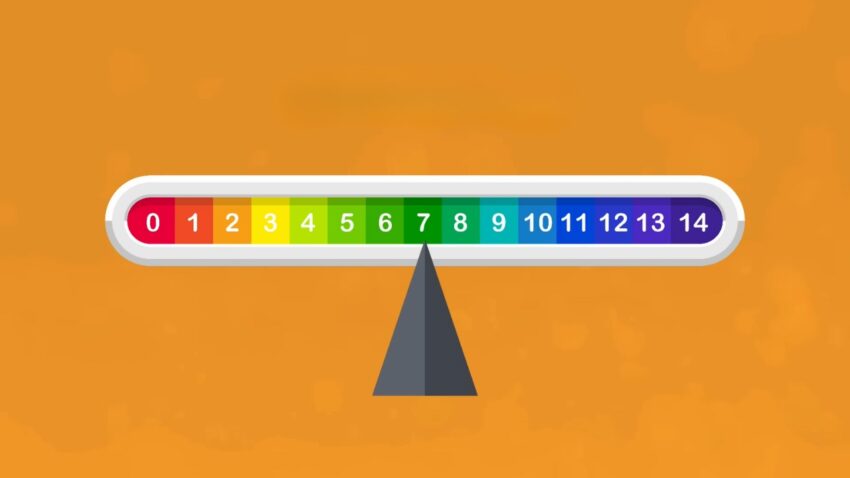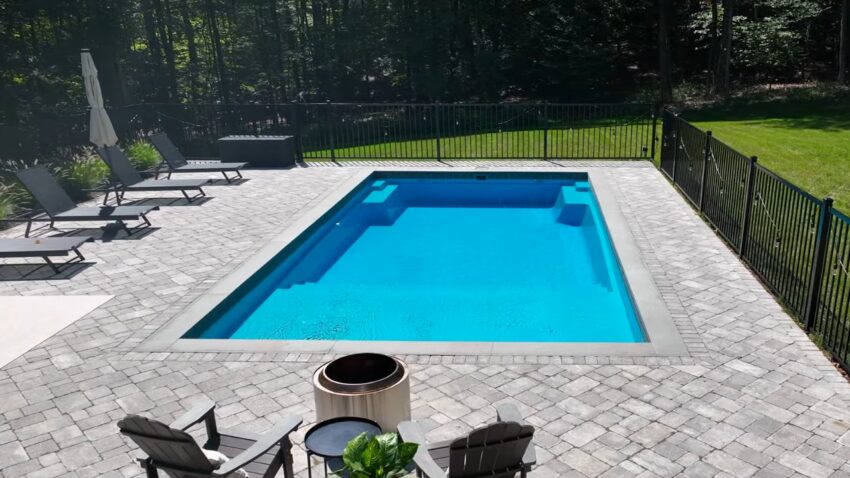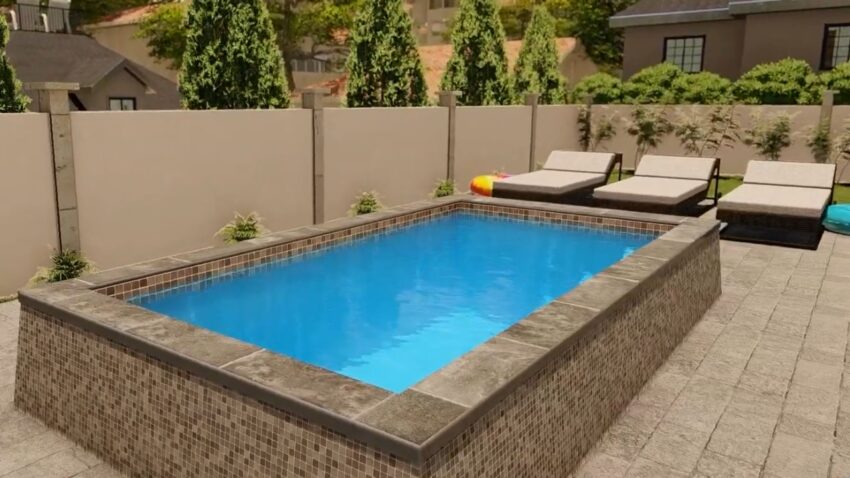Determining the healthiest type of pool for safe swimming is a multifaceted endeavor that requires careful consideration of various factors. Your health and safety while swimming hinge on water quality, which in turn is affected by the type of sanitizing agents used and the pool’s maintenance routines.
Chlorine is the most prevalent sanitizer, known for its efficacy in killing harmful pathogens. However, alternatives like bromine are also popular, especially for those with sensitive skin, as it is typically gentler and produces fewer byproducts.
The material of the pool and its design can influence your swimming experience. Of course, you need to have some idea on what you are about to choose before you do. If you want to take a look at some examples, click here.
Now, let us talk about the healthiest types of pools out there.
Evaluating Pool Systems

When choosing a pool system for health and safety, it’s essential to understand the differences and benefits each type presents. From chlorine to saltwater and beyond, each system uses distinct methods to purify and maintain water quality.
Chlorine-Based Pools
Chlorine pools use either liquid chlorine, chlorine gas, granular chlorine, or chlorine tablets to sanitize the water, killing bacteria and algae. This method is cost-effective and widely used, but can sometimes be harsh on the skin and eyes. Attention to maintaining proper chlorine levels is crucial to minimize potential discomfort and ensure safe water quality.
Saltwater Chlorination Systems
Your saltwater pool system uses a process called electrolysis to produce chlorine from salt, which results in gentler water on the skin and eyes. This system typically requires less manual maintenance and is equipped with a chlorine generator that automatically produces sanitizer from the salt added to the pool. The initial setup cost is higher, but you’ll save on chemicals in the long run.
Ozone and Ultraviolet Systems

Ozone generators and ultraviolet (UV) systems introduce ozone or expose water to UV light, respectively, to neutralize contaminants. While highly effective at disinfecting and reducing dependence on chlorinated products, they are often used in conjunction with a residual sanitizer like chlorine at lower levels or bromine to ensure continuous disinfection.
Mineral Systems
Mineral pool systems utilize elements like silver and copper ions, sometimes through an ionizer, to inhibit algae and bacterial growth. The minerals can soften the water and reduce the need for high levels of chlorine, offering a more natural swimming experience. Remember that mineral systems still commonly require a low level of chlorine or bromine to fully sanitize the pool.
Non-Chlorine Alternatives
Some pools use biguanide, a chemical that functions as a sanitizer without using chlorine. While it’s gentle on the skin and eyes and doesn’t produce the typical chlorine smell, biguanide is not compatible with chlorine or bromine, which means you cannot interchange sanitizers without completely purging the pool’s system.
Additionally, it tends to be more expensive than chlorine-based treatments. Natural pools, another alternative, rely on biological filters and plants to keep the water clean and may be more ecologically friendly.
Pool Maintenance and Upkeep

Maintaining a healthy pool requires attention to detail and consistent upkeep. Your pool’s cleanliness, safety, and longevity depend on routine cleaning, proper chemical balance, and regular inspections.
Routine Cleaning and Sanitization
To ensure a safe and healthy swimming environment, it’s vital to keep your pool clean. Sanitizing your pool is a daily necessity to eliminate harmful microorganisms and contaminants. Here’s what you need to focus on:
- Skim the water surface daily to remove leaves and other debris. Brush the pool walls and floor weekly to prevent algae build-up.
- Use a pool vacuum to clean the bottom of the pool. This should be done at least once a week.
- Clean your pool filter regularly to ensure efficient operation. A dirty filter can lead to cloudy water and increase the risk of contamination.
Balancing pH and Chemical Levels

Keeping your pool’s water chemistry in check is non-negotiable for a healthy swim experience. You want to regularly test and adjust the following parameters:
- Maintain a pH range between 7.2 and 7.8. pH levels outside this range can cause eye irritation and reduce the efficacy of sanitizers.
- Ideal chlorine levels vary from 1-3 ppm to prevent algae and bacteria.
- Keep CYA levels between 30-50 ppm for outdoor pools, or 0-20 ppm for indoor ones, to stabilize the chlorine.
- Aim for 80-120 ppm to help stabilize the pH.
- Ensure calcium hardness is within 200-400 ppm to prevent plaster damage.
Regular Inspection and Professional Services
Regular inspections can catch minor issues before they become major problems. Consider these maintenance tasks:
- If you have a salt system, check the salt cell and salinity levels to ensure they fall within the correct sodium chloride parameters.
- Sometimes, professional water treatment services are necessary, especially when opening or closing your pool for the season or addressing complex water issues.
- Have a professional inspect pumps, heaters, and other equipment annually to ensure everything is operating correctly.
Enhancing the Environment Around Your Pool
To ensure a healthy and attractive pool setting, give attention to both the functional landscaping and the creation of a secure, pleasurable area for all users.
Landscaping for Health and Aesthetics
You can improve the health and visual appeal of your backyard pool environment through thoughtful landscaping. Plants not only add to the aesthetics but can also provide essential shade, reducing the amount of direct sunlight that heats the pool water and surfaces around it, which can be crucial for areas frequented by children.
Carefully selected vegetation can improve air quality and encourage a balanced ecosystem.
- By using plants indigenous to the region, you minimize the need for water and pesticides, fostering a more environmentally friendly space.
- These plants will not overpower the area or cause harm to the local ecosystem.
- Position plants to serve as natural barriers to wind, which can cool the pool, and to filter run-off before it reaches the pool.
Integrating a gazebo next to your pool can further enhance the natural ambiance, offering a serene retreat for relaxation while blending seamlessly with the surrounding landscaping.
Creating a Safe and Enjoyable Space

Your pool area should prioritize safety for all its users, including the very young, the elderly, and those with disabilities. Adhering to guidelines from organizations such as the Centers for Disease Control and Prevention can help you maintain a clean and safe swimming environment.
- Enclose your pool with a fence that blocks access to unsupervised children to prevent accidents.
- Use materials around the pool that reduce the risk of slipping when wet.
- Separate the pool into specific zones for different activities to manage the flow and safety of the space.
Final Reflections
When considering the healthiest type of pool for your swimming needs, carefully evaluate each option’s merits against your personal situation. Saltwater pools tend to be gentler on the skin and eyes, making them a prime choice for those with sensitivities.
Chlorine pools, while more traditional, come with the responsibility of managing chemical levels to maintain a safe and clean environment.
Related Posts:
- 5 Tips For First-Time Travelers To Have A Safe Trip Abroad
- How to Find Best Arab Friendly Online Casino with…
- How to Choose the Right Binary Options Trading…
- The Psychology Of Binary Options Trading: Overcoming…
- What Is a Plunge Pool? Understanding the Versatility…
- A Wild Encounter: Exploring the Fantastic 5…










